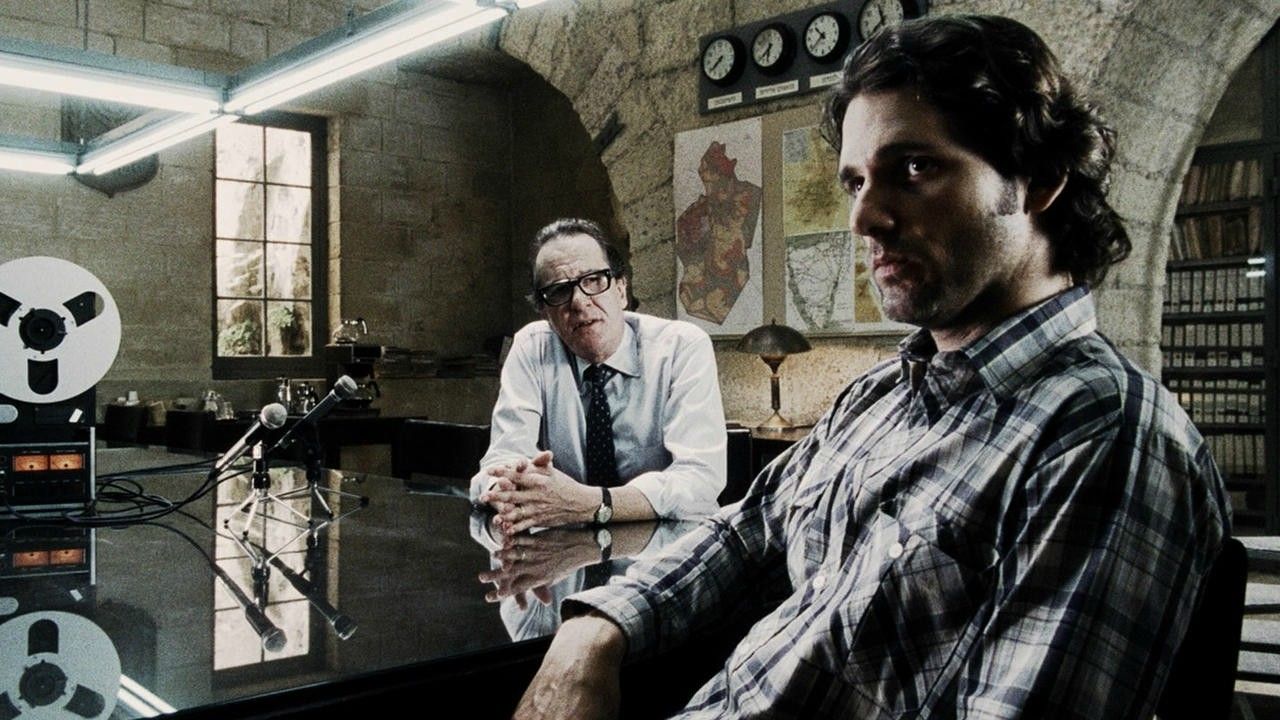
As beautiful as Janusz Kaminski's cinematography is, 'Munich' is also a film that demands to be heard.
While movies are an overwhelmingly visual medium, in the words of the Nerdwriter, Evan Puschak, "Visuals are simply the face of the operation while the audio is actually the puppet master, the one that really holds the power." The following video breaks down the sound design in a scene from 2005's Munich, studying how Steven Spielberg and Sound Designer Ben Burtt manipulate audio to make you "see with your ears."
As Puschak says, "A key to the power of sound design is its invisibility. If dialogue sounds close, then you are close." Because the images on screen are seen as realistic, we do not notice that the sound is (mis)directing our attention, i.e. showing us things that are far away and yet sound extremely close. In this sequence, Eric Bana and his team of assassins are waiting for a man's family to leave so that they can detonate the bomb by getting the target to answer the phone (in effect, triggering the bomb).
"A key to the power of sound design is its invisibility. If dialogue sounds close, then you are close."
Spielberg and Burtt work by "building a bed of constant noisy city ambience, then singling out and stringing together...key noises." The sounds that tell the story include the sound of the assassin's car as it arrives, and then the dialogue of the man's daughter and wife as they leave, followed by the signal that it's safe to proceed. Out of nowhere, there is the roar of a truck, serving as an unexpected development that throws a wrench into their plans, blocking their view, and not allowing them to hear the car with the man's daughter as it returns. The suspense builds as the sound becomes more impressionistic, culminating in a moment of silence just before the explosion.
Puschak notes that anyone interested in making movies should attempt to do a scene like this, i.e. one with "no dialogue, no music, just camerawork and sound design." This video is an excellent primer on the ways in which sound in film, skilfully deployed, is less a "realistic" counterpoint to onscreen action, and more of an invisible storyteller.
Your Comment